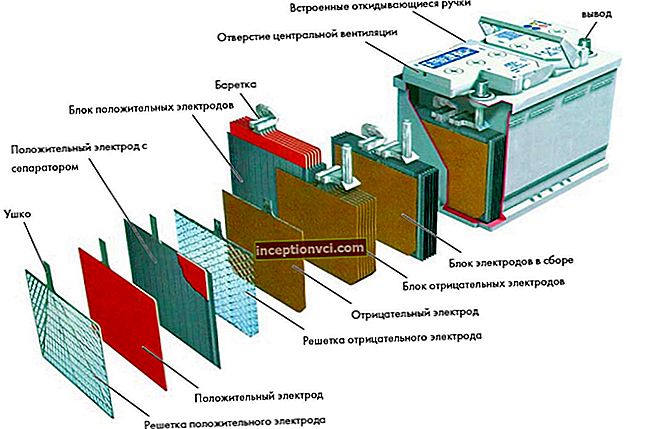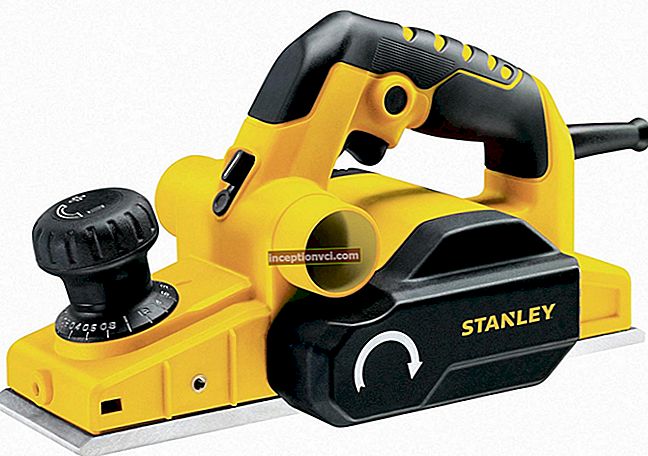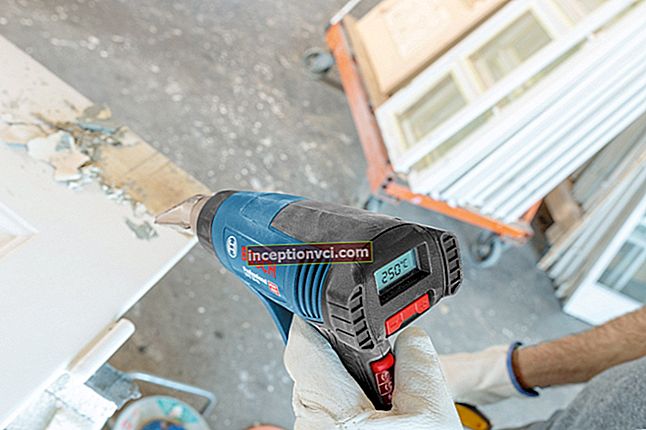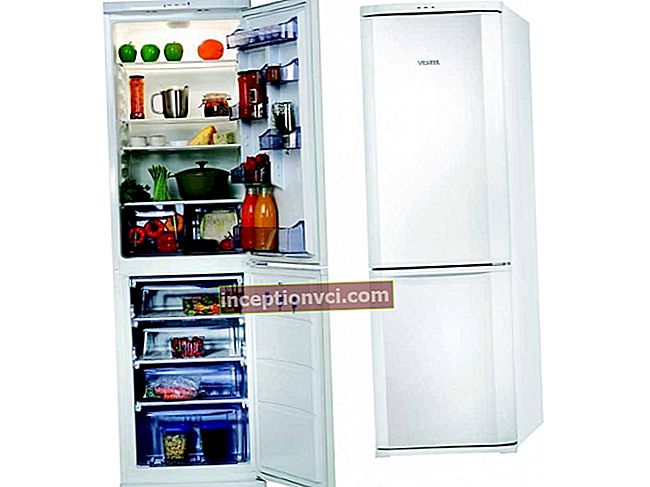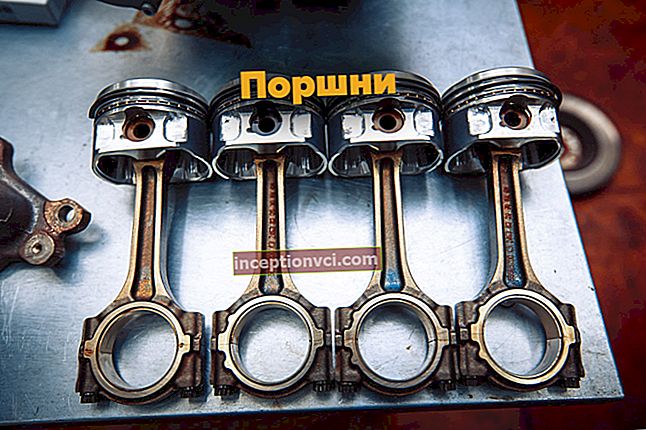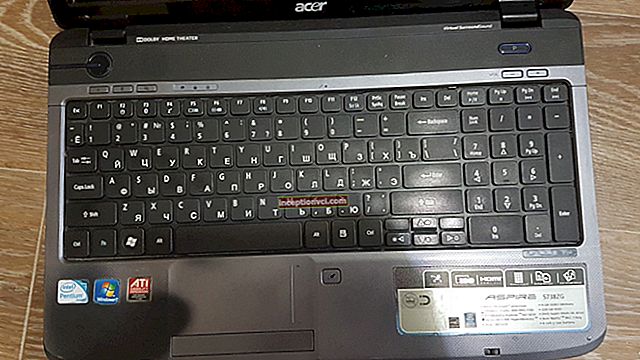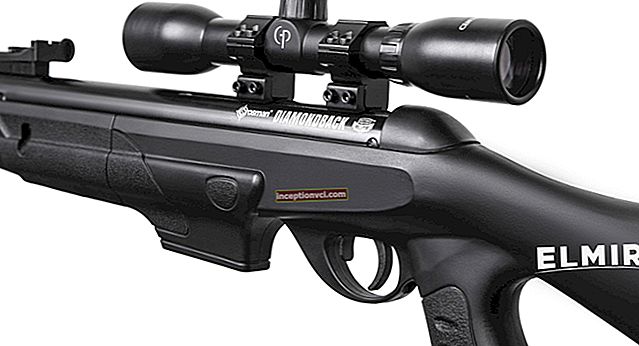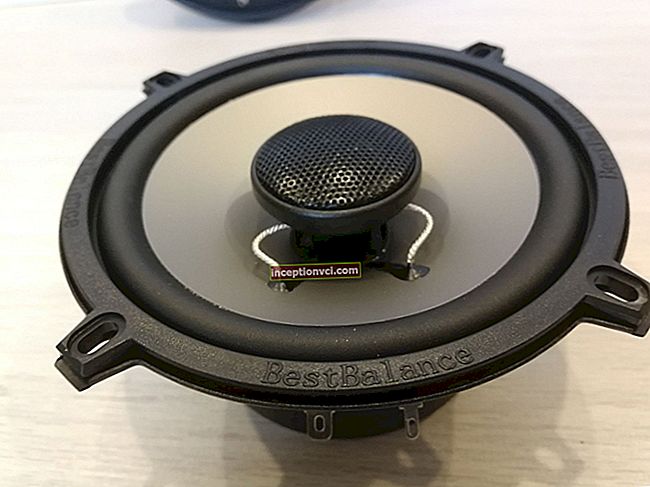Sliding floats for long casting

Already from the name itself, you can understand two important characteristics of this category of floats. They are used when fishing with a reel at a great distance from the shore, when the bait must be delivered by casting, and not by rafting downstream. These characteristics are the structural determinants of the sliding float. The use of such a float is the only possible way out of the situation when the depth of the reservoir in the place of fishing exceeds the length of the rod used.
A conventional float is not used in such conditions. Recently, this category of floats has appeared in the assortment of many stores and its design is surprising to some anglers. In comparison with the floats that are dully fixed on the line, they really look somewhat unusual. The reason for this unusual design is the ability to maximize the casting range and accuracy of the float gear.

Consider the structure of this type of floats. They have a very long antenna. The upper part is usually painted in bright colors to improve the visibility of the float from long distances, and the part under water is painted in neutral colors. The antenna is attached to a streamlined body that has a significant load capacity. The body of the float has an elongated shape in the form of a long drop. The keel is very short and ends with a ring for securing the float to the line.

The antenna serves the angler to visually control the behavior of the float. This technique is most convenient for tracking the movement of the bait or fish bites. The antenna should be made to the smallest possible size. The larger it is, the more resistance the fish will feel when biting. In this light, the use of bright balls, cylinders and other stereometry on antennas looks completely absurd. Such innovations give nothing but a decrease in sensitivity and an increase in windage. To improve the aerodynamic characteristics, the most effective is the use of a stabilizer made of several blades in the form of a tail. Thanks to them, the float resembles a rocket.

In the range of products of some manufacturers of fishing tackle there are options for replaceable antennas, which are inserted into a plastic sleeve located at the end. This constructive solution is attractive because of the convenience of changing the upper part to a part that is more suitable in color for specific lighting conditions. One of the solutions to the difficulty of accurate casting is to use some kind of step on the antenna.

This antenna design creates the effect of the stabilizer plumage. The vortices that occur at the place of the step do not allow the flying float to deviate from the flight path.
The body of the float, its shape and the material from which it is made determine its sensitivity and carrying capacity. Eyes diverge from a variety of shapes and sizes. For "match" floats, the most optimal shape will be in the form of an olive or an inverted drop. The ideal condition for long distance and accurate casting is the combination of all the weight at one point. It is because of this that a variety of designs of floats with an internal load have appeared. The most primitive solution is the option of placing a stationary weight in the body of the float. This solution greatly narrows the range of application. The option when the internal weight can be varied within wide limits is more versatile and preferable.This option is achieved by using an unscrewed keel with a void for the load in the body of the float or by using sets of metal washers that are put on or removed from the keel.

The keel, in turn, contributes to the vertical position of the float and gives the necessary stability during its movement. The keel is practically absent in "waglers". This is due to the increased requirements for aerodynamic characteristics. An overly long keel dramatically shifts the center of gravity to the rear, which reduces casting range and accuracy. The keel of such models serves to fasten the ring through which the fishing line is passed. Its quality is important. For obvious reasons, the ring should not have roughness or irregularities on the inner surface. It, in most models, is made in the form of a small swivel. Sometimes there are models of a wire structure or chiseled brass. When equipping the float with a twisting keel, it will be convenient to purchase several models of the same series, then to replace the floats it will be enough just to change them with the keels.
The shape of sliding floats can be of two types, radically different from each other. This is with a pronounced body of various shapes and with a complete absence of a body.

In the latter type of floats, the keel is fixed to the bottom of the antenna. They are used for fishing at small distances and depths. This is due to the small volume and, accordingly, low carrying capacity, and this leads to a decrease in the throw range. But such floats are much more sensitive and less likely to scare fish away when they fall into the water.

Floats of the first type of design are used for long casts or for heavier rigging. The weighting of the rig is used when it is necessary to increase the speed of its sinking.
The most versatile and convenient way to attach a sliding float is to use a special branded carabiner.

With such a carabiner, the float can be made either sliding, or fixed at the desired point by displacing the lower locking assembly.
